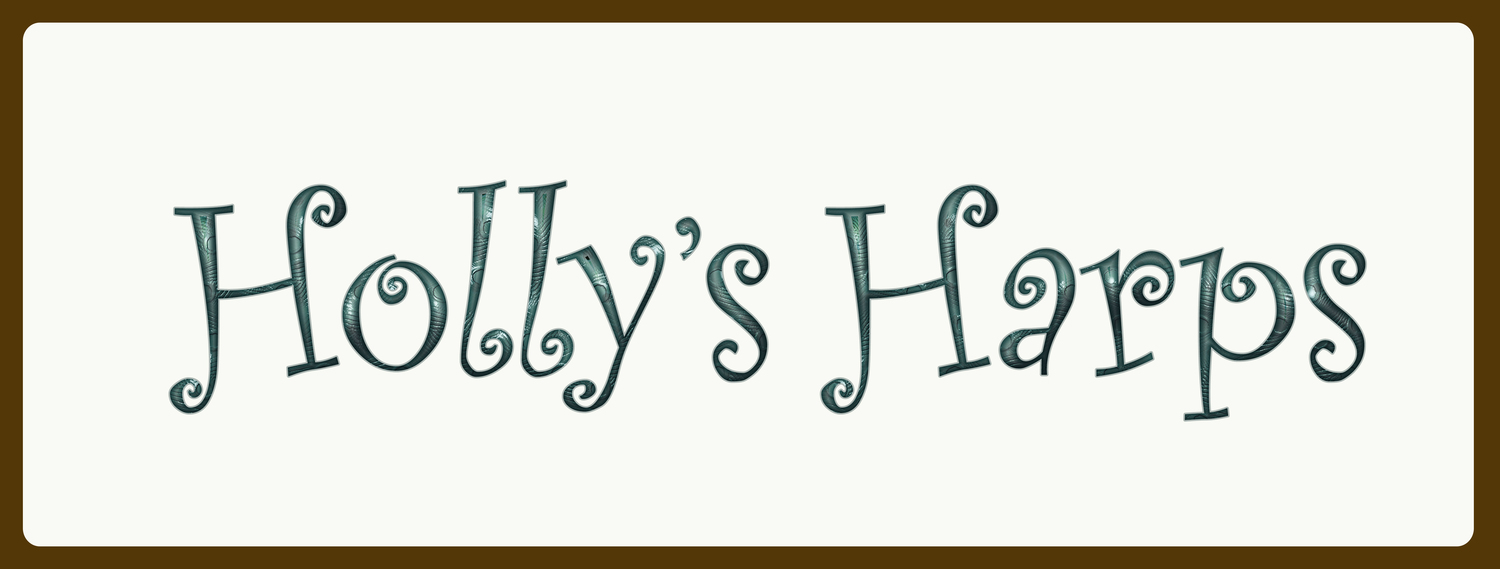There are two aspects of curriculum to consider:
- Holly's Harp immerses students in musical concepts, vocabulary and the pure joy of hands-on music-making
- Holly's Harps offers activities to help students connect directly and clearly with other curriculum areas: science, math, history, language arts
A session with Holly, although actually carefully structured, always leaves participants feeling like they have discovered something wonderful for themselves.
In every session, vocabulary, concepts and experiences are tailored for
- age or grade level
- students' previous knowledge or experience
- special needs of individuals or groups
- objectives defined by you -- educators and parents
To keep the experience appropriate for each group, Holly offers multiple back-to-back sessions each day, so that material for each group of students is optimal for different grade levels and objectives.
See the Programs and Activities page for available programs and activity descriptions.
Curriculum Areas:
Curriculum topics offered by Holly's Harps are meaningfully integrated, rooted in state education standards, and developed using highly successful practices. Topics are always age-appropriate for specific groups of participants. When you invite Holly to work with your children, she will coordinate with your teachers to develop the most useful program for you.
Do your students have a background in music? Holly's Harps will support your work and offer enrichment experiences to meet your needs.
Are your students just beginning to explore music? Holly will increase their understanding of basic concepts, reinforce their growing vocabulary, and inspire them to discover themselves as music-makers.
Holly's Harps is multi-faceted and flexible to meet your needs. There is no "one size fits all"!
Some sample topics (depending on specific activities, age of participants, previous experience, and your wishes):
Music:
Basic musical concepts such as pitch, counting, rhythm, patterns, melody, harmony, form. Music for special purposes. Styles of music. Listening to identify specific sounds. Solo and ensemble playing. Music learning strategies.
Science and Math:
How sound is created. Vibration. Potential and kinetic energy. Wave. Frequency. High and low pitch. Amplitude. Resonators. How materials affect sound. Harp shape. Physics of shapes in the world. Patterns. Graphing data. Calculating frequencies. Dissecting patterns.
Historical Thinking:
Ideas about harp origins. Evidence of harps in ancient cultures. Role of the musician in a particular time and place. Uses of music.
Language Arts:
Music-related vocabulary in three languages. Breaking down words to find meaning. Accidents of language history.











